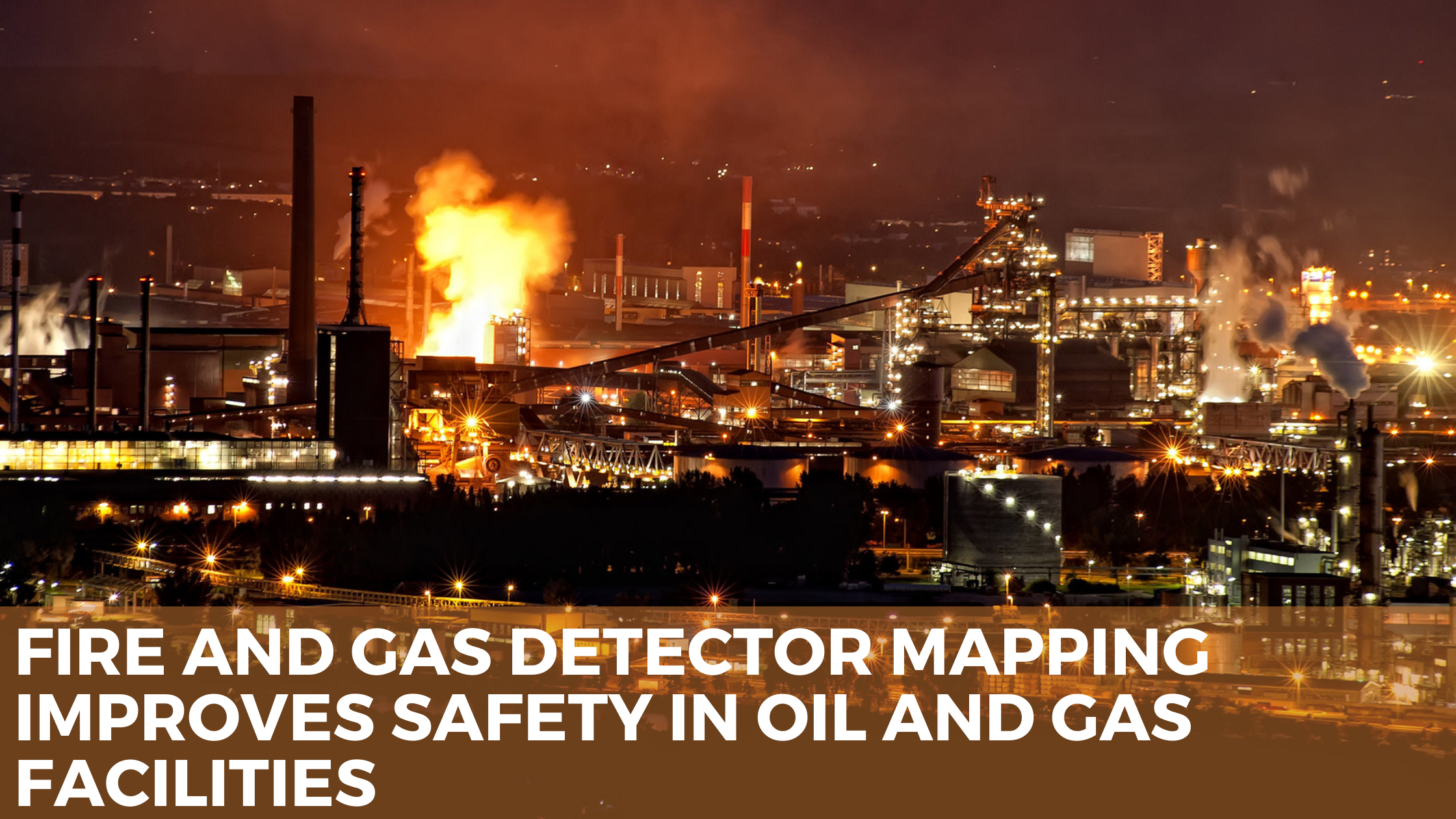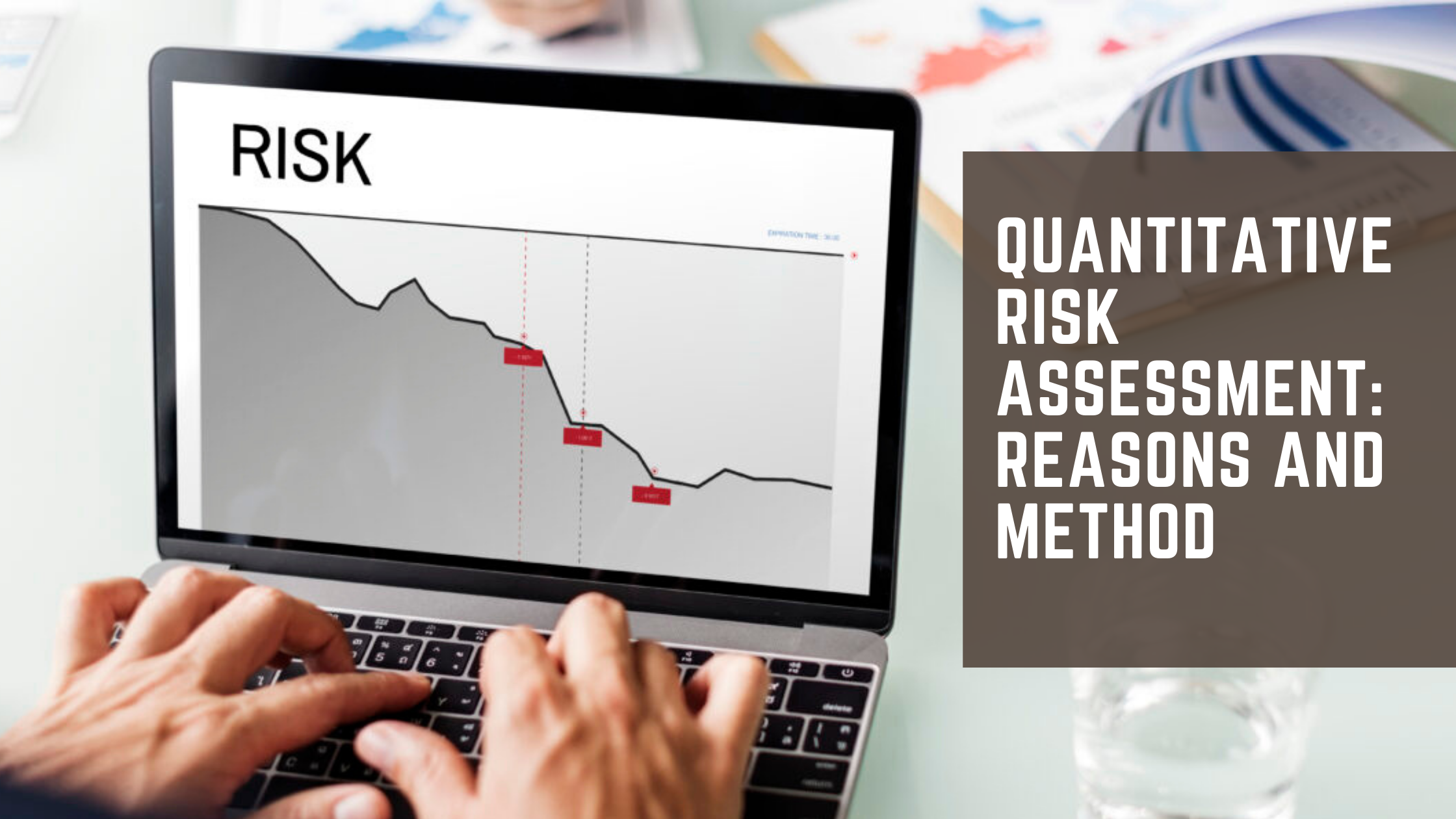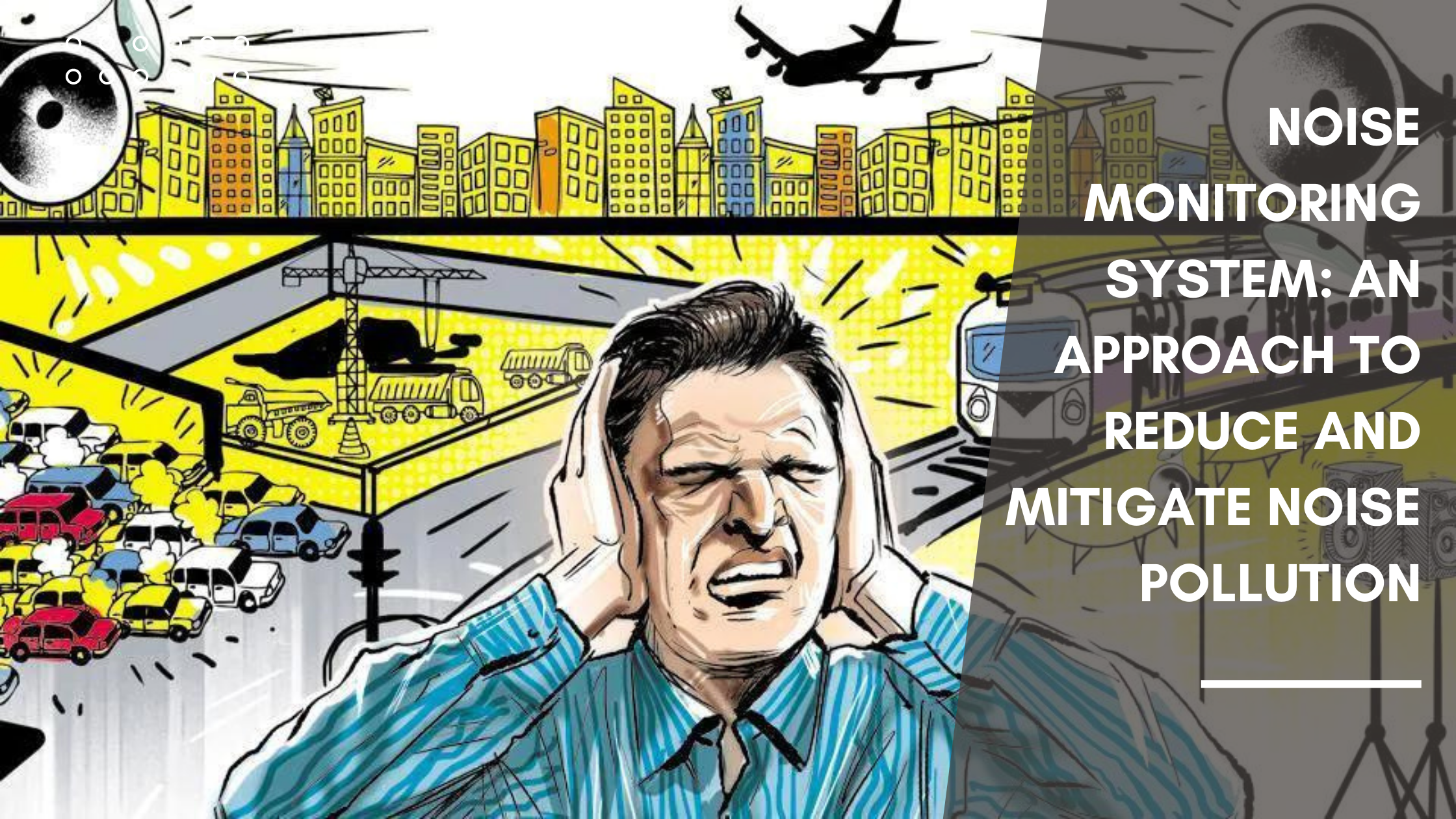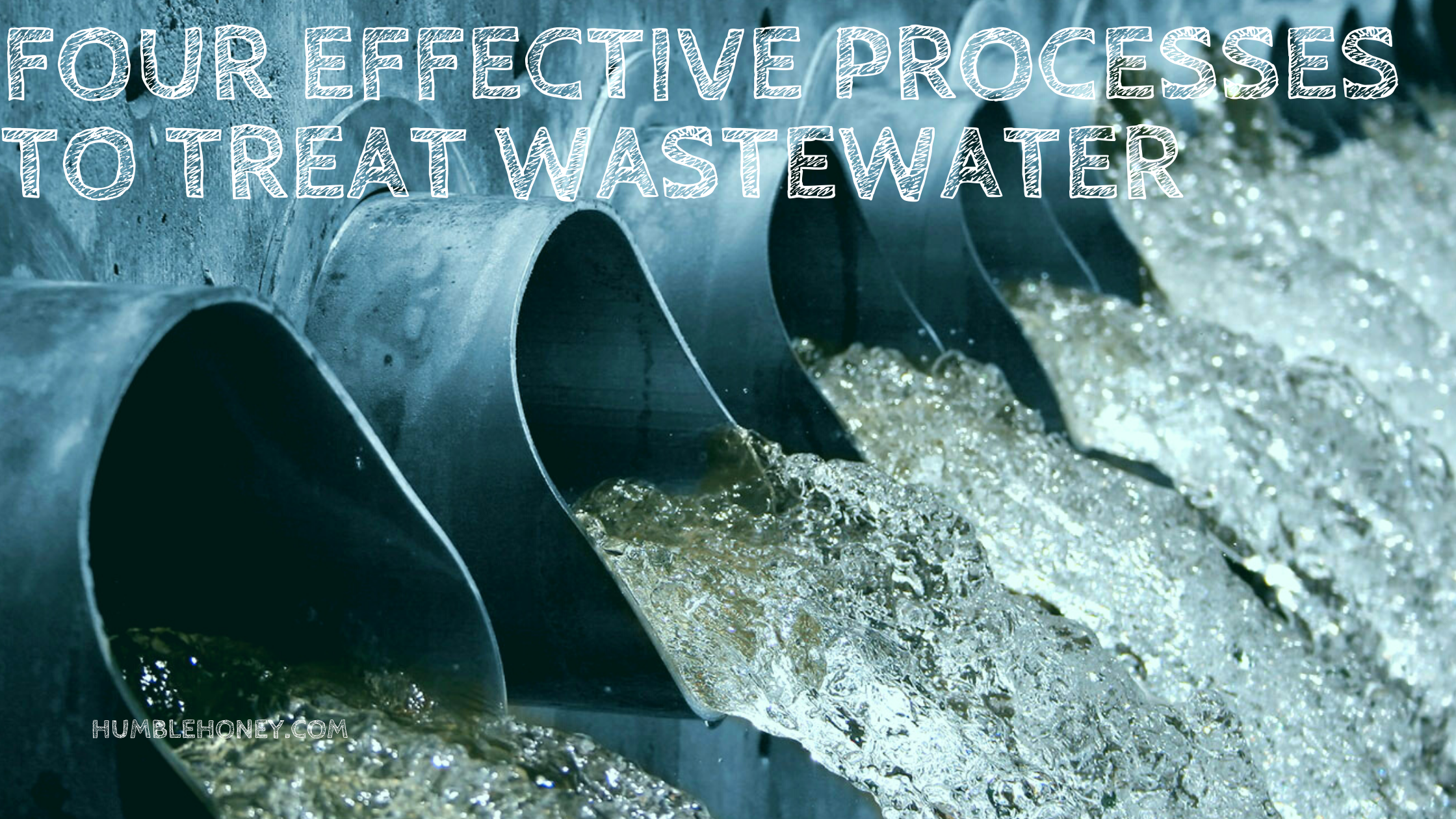When it comes to risk analysis and implications, people are used to using a risk matrix. But walking through a thorough step-by-step risk analyses process is not the only way.
The bow tie risk assessment is a visual way of analyzing the potential risks, consequences, impacts of a hazard, and the controls needed in place. One of the benefits of visual analysis is that it's easy to train anyone to understand and use, making it easy to introduce people to the concept of risk analysis.
How It Works :
Firstly, you read the diagram from left to right, which also helps you understand that there should be a logical flow that makes sense.
Here’s how it is read: “If this potential threat does happen, will that lead to the event when combined with the hazard?
Steps of Bow Tie Risk Assessment
- Step 1
- Step 2
- Step 3
- Step 4
- step 5
- step 6
- step 7
- step 8
Before starting, let's clear that any hazard has the potential of creating catastrophic loss of life and value. For that event to happen, some accident must occur to allow the hazard, and the event takes place. Bow tie risk management is done to identify and eliminate such accidents. Creating the bow tie starts with the hazard and the event you are looking to analyse. Make sure it's in plain English to ensure that everyone understands what they are trying to analyse.
On the left side, list all potential causes or threats that would lead to the event; these would range from things to their possibility of occurring.
On the right side, list all the consequences that could happen if the event linked to the hazard were to occur, and again there will be a range of them to consider.
Walking through the logical flow of the chart and analysing if a particular potential threat does occur, then what would be its consequences.
For each potential cause listed on the left side, what control measures could prevent that possible event from happening? While the diagram shows only one, As you mark them on the chart, think about breaking the flow of the potential cause.
Repeat step 5 for the right side, this time thinking about the mitigation steps you can put in if the event does occur, limiting or stopping the potential outcome or consequences from impacting.
Now, add the safety-critical activities that need to be done to break the flow of the event. This step helps ensure that the control and mitigation steps will be in place should you need them.
Finally, review the chart to identify where you have listed equipment. By definition, these items are safety-critical equipment. That means you have to think about defining the level of the Functionality, performance, availability, survivability, and any dependencies that the equipment has.
By following these steps for a hazard and event. It creates an easy-to-follow risk analysis process that can be applied to any form of risk in the organization, not just health & safety.
For any service and consultation for bow tie risk management, feel free to contact us.














.png)
